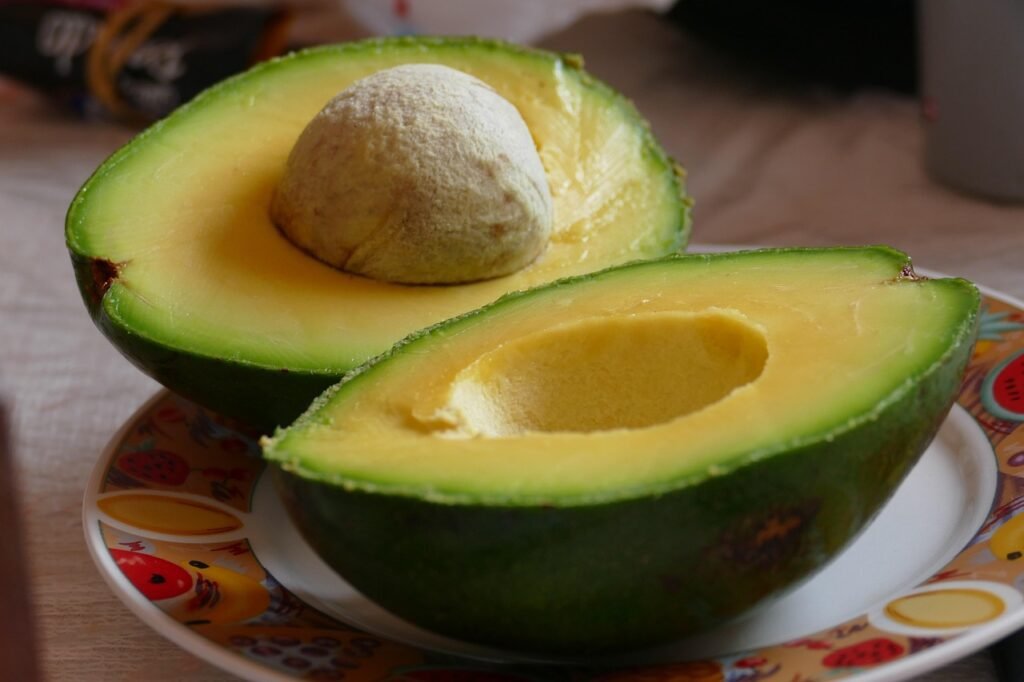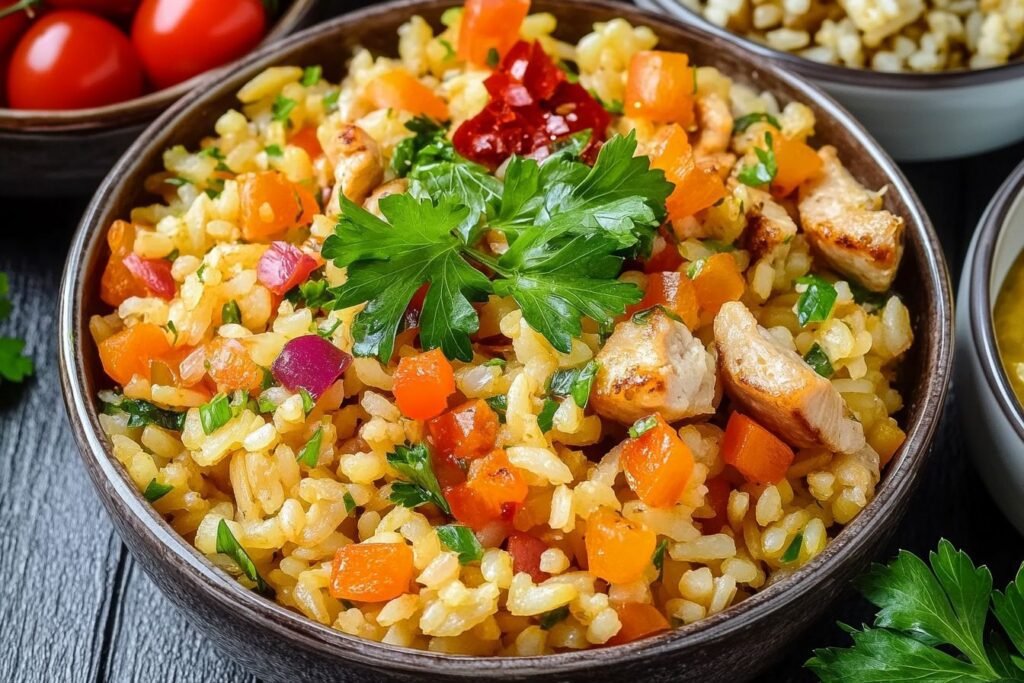Avocado hummus represents a delightful culinary fusion that combines the rich traditions of Middle Eastern hummus and the creamy indulgence of Latin American avocados, creating a vibrant, nutritious dip that honors both cultural heritages while offering something new. This innovative twist maintains the essential elements of traditional hummus—chickpeas, tahini, lemon, and garlic—while incorporating the buttery texture and subtle flavor of ripe avocados, resulting in a smoother, more luxurious spread with enhanced nutritional benefits.
The addition of avocado transforms the texture of classic hummus. It introduces heart-healthy monounsaturated fats, additional fiber, and a spectrum of vitamins and minerals that complement the already nutritious chickpea base. The green hue offers visual appeal, while subtle flavor adjustments—a touch more lemon to balance the avocado’s richness, perhaps some cumin or coriander—create a harmonious blend that respects both culinary traditions.
This cross-cultural creation serves as a versatile canvas for entertaining, everyday snacking, or as a nutritious spread for sandwiches and wraps. With ingredients including chickpeas, ripe avocados, tahini, fresh lemon juice, garlic, olive oil, and a thoughtful blend of spices, it delivers a creamy, flavorful experience that bridges continents and culinary traditions in a single, satisfying bite.

Ingredients
- 1 can (15 oz) chickpeas, drained and rinsed (reserve liquid)
- 2 medium ripe avocados, peeled and pitted
- 1/4 cup tahini, well stirred
- 3 tablespoons fresh lemon juice
- 2 cloves garlic, minced
- 2 tablespoons extra virgin olive oil, plus more for drizzling
- 1/2 teaspoon ground cumin
- 1/4 teaspoon ground coriander
- 1/4 teaspoon smoked paprika, plus more for garnish
- 1/2 teaspoon sea salt, or to taste
- 1/4 teaspoon freshly ground black pepper
- 2-3 tablespoons cold water or reserved chickpea liquid (aquafaba), as needed
- 2 tablespoons chopped fresh cilantro or parsley for garnish
- 1 tablespoon toasted pine nuts for garnish (optional)
- Vegetable crudités, pita bread, or tortilla chips for serving
How To Make Avocado Hummus?
- Drain and rinse chickpeas, reserving ~of the liquid (aquafaba.
- Optional: Pinch chickpeas to remove skins for a smoother texture.
- In a food processor, combine skinned chickpeas, tahini, lemon juice, minced garlic, olive oil, cumin, coriander, smoked paprika, salt, and pepper.
- Process for 1-2 minutes until smooth, scraping down sides.
- Add halved, pitted, and scooped avocados to the food processor with the hummus base.
- Process again for ~1 minute until smooth and creamy.
- If too thick, gradually add cold water or reserved aquafaba, tbsp at a time, while processing, to the desired consistency.
- Taste and adjust seasoning (salt, pepper, lemon juice) as needed.
- Transfer to a serving bowl and create a shallow well.
- Drizzle with additional olive oil.
- Sprinkle with smoked paprika, chopped cilantro/parsley, and toasted pine nuts (if using).
- Serve immediately with dippers like warm pita, vegetables, or tortilla chips.
- For later, press plastic wrap on the surface and refrigerate for up to 24 hours.
- Before serving refrigerated hummus, let it sit at room temperature for ~30 minutes and stir. Refresh with olive oil and lemon juice if needed.
Nutritional Information
| Nutrient | Amount per serving |
| Calories | 180 |
| Total Fat | 13g |
| Saturated Fat | 1.8g |
| Trans Fat | 0g |
| Cholesterol | 0mg |
| Sodium | 240mg |
| Total Carbohydrates | 14g |
| Dietary Fiber | 6g |
| Sugars | 2g |
| Protein | 5g |
Based on a serving size of approximately 1/4 cup (60g)
Serving and Pairing Suggestions
This hummus version offers versatile serving options that can elevate it from a simple dip to a sophisticated component of various meals. For traditional presentation, serve in a shallow bowl with a well in the center filled with extra virgin olive oil, a sprinkle of smoked paprika, fresh herbs, and perhaps a few whole chickpeas for visual appeal. Accompany it with warm, fluffy pita bread cut into triangles or pita chips for a more substantial texture.
For a contemporary mezze platter, surround it with an array of dipping vehicles and complementary items: fresh vegetable crudités (cucumber, bell peppers, carrots, radishes), marinated olives, feta cheese, dolmas (stuffed grape leaves), and perhaps some falafel. This creates an interactive dining experience perfect for gatherings and encourages exploration of different flavor combinations.
Beyond its role as a dip, this hummus makes an excellent spread for sandwiches and wraps, providing a flavorful and nutritious alternative to mayonnaise or plain hummus. Try it in a Mediterranean-inspired wrap with grilled vegetables, feta, and fresh greens, or spread it on whole grain toast topped with sliced tomatoes, microgreens, and a sprinkle of za’atar for a satisfying breakfast or lunch.
For a fusion approach that honors both Middle Eastern and Latin American influences, serve it as part of a “global taco” spread, offering it alongside warm corn tortillas, grilled halloumi or chicken, pickled red onions, and a variety of salsas. This creates a build-your-own taco bar that celebrates the cross-cultural nature of the dish itself.
Temperature considerations can impact the serving experience. While regular hummus is typically served at room temperature, avocado hummus is best enjoyed slightly chilled but not cold, as extreme cold can dull the flavors. If refrigerated, allow it to sit at room temperature for about 20 minutes before serving to achieve the optimal flavor profile and consistency.
Storing and Defrosting
Storing this hummus properly is essential to maintain its vibrant color, fresh flavor, and creamy texture. The primary challenge is preventing oxidation of the avocado, which can cause browning and affect both appearance and taste. Here’s a comprehensive guide to storing this fusion dip effectively:
Immediate Storage (Same Day):
If you don’t plan to serve it immediately after preparation, transfer it to an airtight container. To prevent oxidation, press a piece of plastic wrap directly onto the surface of the hummus, ensuring no air is trapped between the wrap and the dip. This direct contact creates a barrier against oxygen, which is responsible for the browning of the avocado. Seal the container with a tight-fitting lid and refrigerate.
Short-Term Storage (1-2 Days):
Avocado hummus is best consumed within 1-2 days of preparation for optimal flavor and appearance. When stored properly in the refrigerator with the plastic wrap method described above, it should maintain its green color and fresh taste during this period. Before serving, remove from the refrigerator and let it sit at room temperature for about 20 minutes, then stir well and refresh with a drizzle of olive oil and a squeeze of fresh lemon juice if needed.
Extended Freshness Techniques:
To extend the freshness of your avocado hummus for up to 3 days, consider these additional methods:
- Lemon Juice Barrier: Before applying the plastic wrap, drizzle an extra layer of lemon juice over the surface of the hummus. The citric acid helps prevent oxidation.
- Olive Oil Seal: Pour a thin layer of olive oil over the surface of the hummus to create a protective barrier against air. When ready to serve, you can either stir this oil in or pour it off.
- Avocado Pit Method: Place one of the clean avocado pits in the center of the stored hummus. While the scientific evidence for this method is limited, many cooks swear by it for helping to maintain the green color of avocado-based dishes.
Freezing Considerations:
Unlike traditional hummus, which freezes relatively well, this hummus is not ideal for freezing. The high water content in avocados causes textural changes upon thawing, often resulting in a watery, separated consistency. If you must freeze it, expect some quality degradation. Upon thawing in the refrigerator overnight, you’ll likely need to re-blend the hummus with a small amount of olive oil to restore its creamy texture.
Serving From Storage:
When retrieving avocado hummus from storage, follow these steps for the best experience:
- Remove from the refrigerator 15-20 minutes before serving to take the chill off, which allows the flavors to bloom.
- Discard any discolored layer on top if present.
- Stir thoroughly to reincorporate any separated oils and to refresh the texture.
- Taste and adjust seasoning—stored hummus often benefits from a fresh squeeze of lemon juice and perhaps a pinch of salt to revive the flavors.
- Transfer to a serving bowl and garnish anew with olive oil, herbs, and spices to restore its appealing presentation.
Common Mistakes To Avoid
- Using underripe or overripe avocados: The perfect avocado for this dish should yield slightly to gentle pressure but not be mushy. Underripe avocados will lack creaminess and flavor, while overripe ones can introduce bitter notes and discoloration. To check ripeness, remove the small stem nub at the top—if it comes away easily and reveals green underneath, the avocado is perfect.
- Skipping the tahini: Some recipes attempt to simplify by omitting tahini, but this sesame paste is essential for authentic hummus flavor and contributes to the silky texture. The nutty depth of tahini creates a perfect bridge between traditional hummus and the added avocado.
- Not removing chickpea skins: While this step is admittedly time-consuming, removing the thin skins from chickpeas results in a significantly smoother hummus. For this hummus, where ultra-creaminess is a defining characteristic, this extra effort makes a noticeable difference.
- Adding all liquid at once: The moisture content of avocados varies, so add additional liquid (water or aquafaba) gradually until you reach your desired consistency. Adding too much at once can result in hummus that’s too thin and difficult to correct.
- Insufficient lemon juice: Avocados need acid both for flavor balance and to help prevent browning. Be generous with fresh lemon juice, and consider adding a bit more than you would for traditional hummus to counteract the natural blandness of avocado.
- Inadequate seasoning: The mild flavors of chickpeas and avocados require proper seasoning to shine. Don’t be shy with salt and complementary spices like cumin and coriander. Taste as you go and adjust accordingly.
- Improper storage: Avocados oxidize quickly when exposed to air, turning brown and developing off-flavors. If not serving immediately, press plastic wrap directly onto the surface of the hummus to create an airtight seal, then cover the container with a lid.
- Using a blender instead of a food processor: While a high-powered blender can work in a pinch, a food processor generally produces the ideal texture for hummus. Blenders may require more liquid to process properly, potentially resulting in hummus that’s too thin.
Conclusion
Avocado hummus exemplifies the beautiful potential of thoughtful culinary fusion, combining two beloved dishes from distinct cultural traditions to create something that honors both while offering new dimensions of flavor, texture, and nutrition. This creative combination doesn’t merely add avocado to hummus as a novelty; rather, it recognizes the natural affinity between these two preparations and leverages their complementary qualities to enhance both.
Beyond its culinary and nutritional merits, it serves as a delightful metaphor for cultural exchange and adaptation. It reminds us that culinary traditions are not static artifacts but living expressions that evolve through contact with other cultures and ingredients. Just as people throughout history have shared and adapted food practices when cultures meet, this dish represents a respectful borrowing that creates something new while acknowledging its diverse origins.
Its versatility further enhances its appeal. Whether served as a dip with warm pita and fresh vegetables, spread on sandwiches and wraps, or incorporated into grain bowls and salads, it adapts to numerous culinary contexts while maintaining its distinctive character. This adaptability makes it accessible to a wide audience, potentially introducing people to flavors and ingredients they might not otherwise encounter.
Did you know? You can pair this hummus with makbous (a rice dish with spiced chicken)
Get that recipe now (by clicking the image below):





